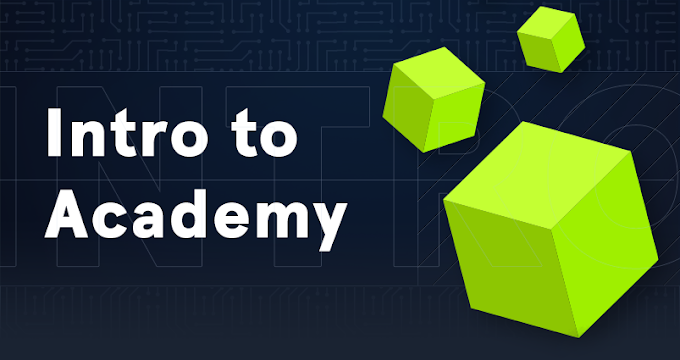Learning Types
The Learning Pyramid can be represented in many different ways. It describes the learning efficiency of different types of practice.
Passive Learning
If we follow the Learning Pyramid while going through the
modules just by reading, we will learn only about 10% of
the whole penetration testing experience. By watching some demonstrations, we
will not learn more than 30%.
Active Learning
When we start to discuss our
entire enumeration process, results, and findings with others, we will see
different points of view, results, and information to compare with our own and
find out what we missed. By using this type of active learning, we collect up
to 50% experience. Before we can discuss our
results with others, we should practice on our own. So while we practice, our
learning experience grows to 75%.
We can imagine when we learn theory in driving school. We learn a lot about car and traffic rules. Using examples, we are shown situations that should lead us to specific actions and reactions to ensure road safety. We can learn as much as we want, but as soon as we get into the car for the first time, we will realize that all of this knowledge has still not taught us how to drive a car.
Before moving on to the next
exercise, we should talk about the information we collect. The information has
a certain level of quality, but not all information is helpful.
More than that, some information can confuse and disorient us completely. To
learn to discern such information, we need a repertoire which we collect by practicing. Therefore, it is essential to understand
the context of the topic we are researching.
Efficiency depends not only on the quality of information we find but on the usage of that information.
Moreover, it depends on our motivation, focus, and our goal.
There are many different ways
to stay motivated. An excellent method that works very well is by recognizing
success, even the most minor successes. We must recognize our successes and see
that we have made progress. We already talked about how important it is to have
a goal. When we know our goal, we know the direction of our actions. If we are
focused on our goal, we will notice when we drift from our path. By following
our path, we will automatically look back and see how far we have come. At this
point, it is vital to notice the progress we have made.
Progress
is noticeable when the question that tortured us has lost its meaning.
Looking back and seeing how far we have come will keep us motivated. Many people struggle during the learning process because they have to learn a lot of different topics. It is vital to take breaks and remain calm.
For example, if we attempt to force ourselves to learn Web Application Penetration Testing in two hours, it just will not work. There is too much information to handle and too many details inside the technical processes we must master.
To make it more clear, we will look at another example:
The same thing happens with learning. If we learn too much without taking breaks, we will get stuck.
This is a question that we must answer on our own because only we know what effects and consequences our actions will have on us. However, what happens when we get stuck? There are many ways that we become "stuck". It could be that we focused too much and lost the context of the task at hand, or we are tired and did not take enough breaks. Solving a problem like this requires creativity. In penetration testing, it is essential to pay attention to details that appear unimportant at first glance. If we look back, we will see some terms printed in bold and green, and if we take a closer look, we will see that they have an essential meaning in the process. Here it is crucial to train the eye to notice even the most minor details. All our knowledge and experiences are based on associations that connect us with different perceptions, such as colors and smells, for example, through different situations, known to us as memories. These will be recalled later either actively or passively.
This process also only takes place in the course of practice. In the next step, we will see how important it is through a small practical example.










.gif)

😊😊😊😊😊
ReplyDeleteGood one 👍👍👍😊😊
ReplyDelete